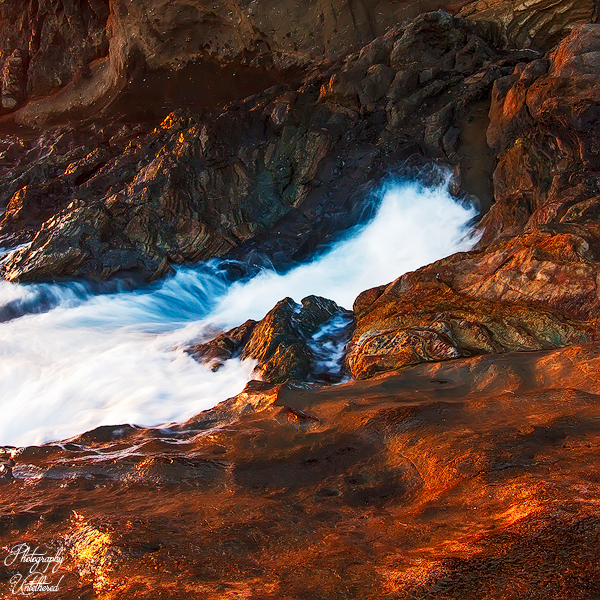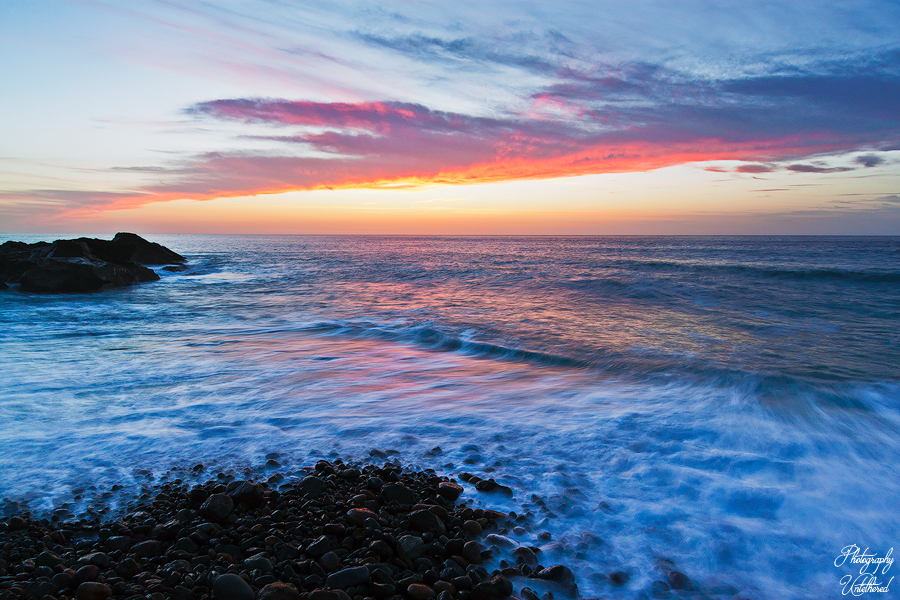
Discovering Ajuy: A Photographer’s Paradise:
The charming fishing village of Ajuy, situated approximately 9-10 kilometres from Pájara in Fuerteventura, offers a captivating destination for photographers and travellers alike. Its somewhat isolated location only enhances its allure, promising a rewarding experience for those who venture there. Many photographers find that certain places leave an indelible mark on their memory, and for some, Ajuy stands out as one such location due to its abundant photographic opportunities.
The period between November and April is often recommended for optimal light and sky conditions in Fuerteventura, making it an ideal time to visit Ajuy. I spent four months in Fuerteventura, and like everything, as each year passes, those memories fragment.
During my time there, I visited Ajuy twice, and on both occasions, I witnessed beautiful sunsets. I wish I could have gone more often; my daughter was just a few months old at the time, and the car travel was a bit tiresome for her, especially on the late trip home after sunset.

The Dramatic Beauty of Black Sands and Ancient Rock Formations:
Ajuy’s beach is characterised by its striking pitch-black sand, flanked by towering cliffs to both the north and south. This dramatic landscape holds historical significance, as it was near here that Norman Jean de Béthencourt landed in 1402, marking the beginning of the Spanish conquest of the island. The powerful tidal surges along this coastline are a testament to the ocean’s raw strength. On one of my visits, I saw a lone bodyboarder surfing the waves, he was skilful and brave, as the tidal surge is extreme and not for the fainthearted.

Exploring Coastal Wonders: Caves, Kilns, and Fossils
An easily accessible path from the beach leads to the northside cliffs, offering picturesque views of Ajuy and its black sands, particularly during sunset when bathed in hues of red and orange. Further along this path, visitors can discover ancient lime kilns and steps descending into spectacular caves. These geological formations are not merely visually impressive; they also contain wave-like rock formations embedded with sediments and fossils dating back 100 million years, providing a glimpse into Earth’s ancient past.
The immense swells that dominate the coastline have carved these caves and rock formations, with visible lines of strata revealing the titanic pressures exerted on the Earth’s crust over millennia. Ajuy is a geologist’s playground and a photographer’s dream.

Lasting Impressions and Sunset Serenity:
Whether focusing on the intricate details of the beach and adjacent rock formations or simply soaking in the atmosphere, Ajuy offers a plethora of potential compositions for photographers. An elevated vantage point from the north cliffs overlooking the village promises a particularly worthy image. For those seeking a more relaxed experience, enjoying the sunset from the fish restaurants near the beach provides a magical and breathtaking conclusion to a visit. Either way, Ajuy will leave you with a lasting impression of magical light and breathtaking beauty. I pine for it now.
Photo Info: Canon EOS 500D Lens EF-S10-22mm F/3.5-4.5 USM (Feb 2013). I didn’t have a grad filter, which was a big mistake.
The website is self-funded, and my work is free. All profits from the site’s product links go to SightSavers;if you have enjoyed any aspect of this site, please consider giving a donation here. No one should go blind from avoidable causes. How many people’s sight will you help us save today?
Fragmented Memory 🙂